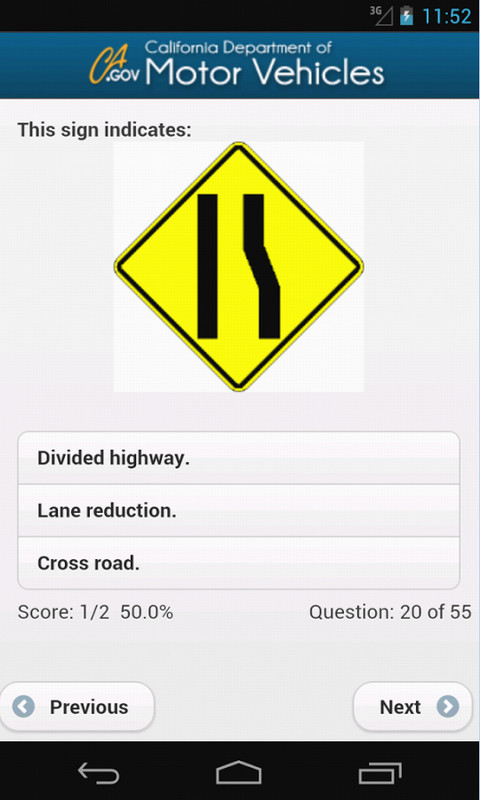


That’s followed by Mexican and Caribbean Spanish, and other varieties including Andean (Bolivia, Peru, Ecuador, Colombia), Southern Cone (Argentina, Uruguay, Paraguay, Chile) and peninsular Spanish (Spain). “The more we understand how these speakers communicate, the better we can serve them so they can continue growing with their heritage language,” Gironzetti said.įollowing a wave of Central American refugees who arrived in the region in the 1980s fleeing civil wars and natural disasters, an estimated 40% of Spanish speakers in the region now speak Central American Spanish. Heritage speakers refers to those who speak a language at home that is different from the dominant societal language. The project, led by Elisa Gironzetti, assistant professor of Spanish applied linguistics in the School of Languages, Literatures, and Cultures (SLLC), will provide insights on the written and oral discourses used by heritage Spanish speakers in the region, including speech, gestures and facial expressions. Now, through a nearly $50,000 grant to the University of Maryland from the National Endowment for the Humanities (NEH), the unique linguistic features of Spanish speech in the D.C., Maryland and Virginia (DMV) region will be recorded and documented for the first time to support research, scholarship and teaching. Still others barely speak Spanish at all. Others are first-, second- or third-generation bilinguals who have basic speaking and listening skills. Some speakers emigrated after many years of schooling in their native countries and can talk and read Spanish with ease. Whether they hail originally from the highlands of El Salvador, the Caribbean coast or the urban centers of Spain, Spanish speakers in the region have a diverse range of accents, dialects and gestures, all influenced by factors like country of origin and level of immersion.
Dmv now spanish license#
Governor Polis reveals the winning license plate designs.For Central Americans living in the Washington metro area-home to the nation’s 12th-largest Latino population-signaling familiarity and solidarity might be as simple as using vos for “you,” rather than tú or usted, used in much of the Spanish-speaking world. Twig_render_template(' modules/contrib/entity_embed/templates/', Array) (Line: 384)ĭrupal\\Core\\Theme\\ThemeManager->render(' entity_embed_container', Array) (Line: 489)ĭrupal\\Core\\Render\\Renderer->doRender(Array, ) (Line: 204)ĭrupal\\Core\\Render\\Renderer->render(Array) (Line: 212)ĭrupal\\entity_embed\\Plugin\\Filter\\EntityEmbedFilter->Drupal\\entity_embed\\Plugin\\Filter\\() (Line: 580)ĭrupal\\Core\\Render\\Renderer->executeInRenderContext(Object, Object) (Line: 213)ĭrupal\\entity_embed\\Plugin\\Filter\\EntityEmbedFilter->process('

Twig\\Template->display(Array) (Line: 390) Twig\\Template->displayWithErrorHandling(Array, Array) (Line: 378) Drupal\\Core\\Template\\AttributeArray->_toString() (Line: 53)ĭrupal\\Core\\Template\\AttributeValueBase->render() (Line: 324)ĭrupal\\Core\\Template\\Attribute->_toString() (Line: 40) 'string' => 'Warning: Array to string conversion in Drupal\\Core\\Template\\AttributeArray->_toString() (line 77 of core/lib/Drupal/Core/Template/AttributeArray.php).

Drupal\Core\Render\Markup::_set_state(array(


 0 kommentar(er)
0 kommentar(er)
